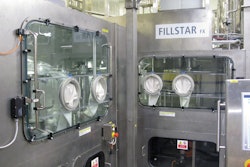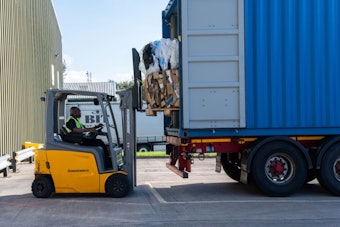
Packaging World:
How does your two-year vocational college fit into the overall educational scheme and structure in Sweden?
Mats Olsson:
Primary school is followed by secondary school from age 16-19. At that point, people usually take one of three paths: University, work, or a two-year program in a vocational college program like ours.
Are your students always fresh out of secondary school?
Most are 19-year-olds coming straight out of secondary school, but some are older and come to us from other fields wanting to make a career change.
Have changes in the marketplace caused you to make adjustments in your curriculum?
Certainly the growth of digital printing has caused us to take notice and adjust. The packaging designers of tomorrow also have to take into account the emergence of new packaging material types. Just one example is FibreForm from Billerud Korsnas. It’s an exciting new compostable material made from renewable resources, but it has different properties than conventional materials. It’s more elastic in nature, and this can have an impact on how you design packaging made from such material. So we have representatives from Billerud come in to talk about such things. Workflow and prepress have changed dramatically in recent years, too, so we also have companies like Esko Graphics come in to talk about software issues.
I notice that “practical placement,” where students get on-the-job training at companies like IKEA or Smurfit Kappa, is a fundamental component in your program. What about trade shows?
We’ll take a group of 20 or 30 to international trade shows like drupa in Dusseldorf or Anuga in Cologne. Anuga we find especially good. Remember, what we teach is not just graphic design but also structure and printing and strategy. At a food and beverage show like Anuga, the students can compare packaging from all over the world. It’s like being in one big global grocery store.


























